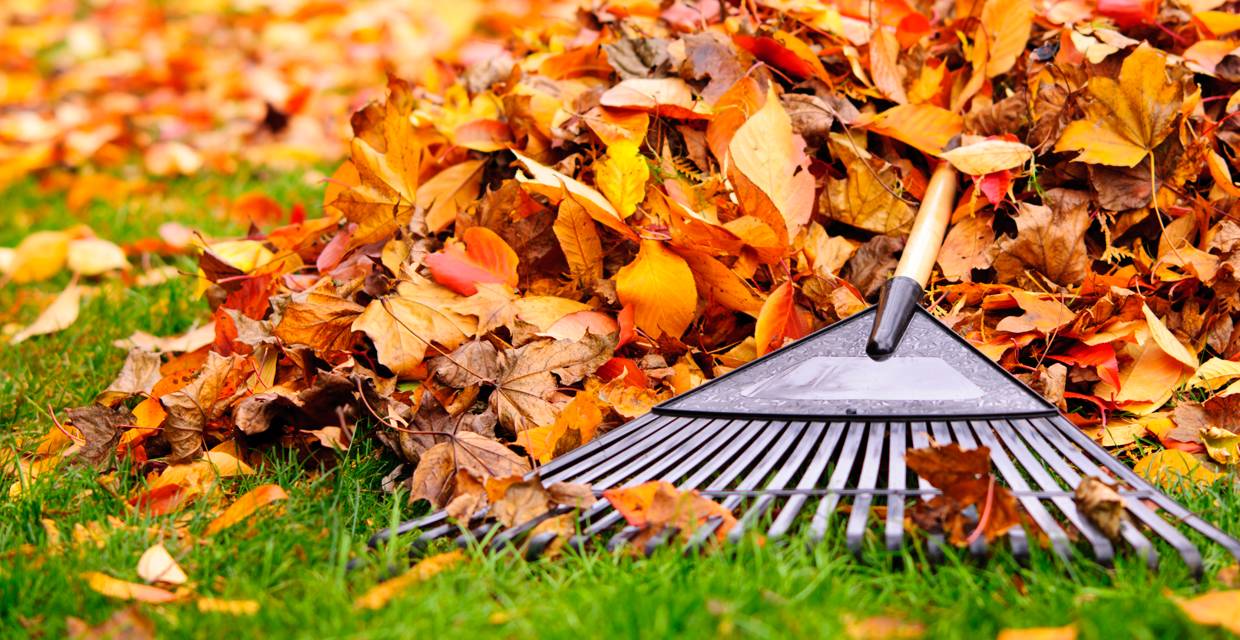You may still be picking your final tomatoes and enjoying the last flower blooms but it’s time to take care for those pre-winter tasks that will help make next year’s yard and garden even more lovely. Here’s a list to hit before the snow starts falling.
1. Take care of those bald spots
Overseeding bald spots in the fall is like Rogaine for your lawn. Autumn’s a good time for aerating, too.
2. Leave ornamental grass alone
Don’t cut back the tops of ornamental grasses before early spring. The top growth helps insulate the root, keeping the source of next year’s growth nice and snug.
3. Empty the tank
Store your mower with an empty tank over the winter. Have a bit of gas left? Mow over the leaves on your lawn for a natural mulch.
4. Speaking of mulch…
Mulching in fall can be even more beneficial for plants than doing it in spring. Spreading two to three inches of mulch around trees and shrubs helps protect roots from frost and helps retain moisture during cold, dry winter months.
5. Maintain your hose and pipes
Drain your hoses and store them in the basement, shed or garage. Blow out your sprinkler system. Drain your water features. Stash watering cans, especially galvanized steel cans, indoors. Water left over the winter can freeze, expand and damage them all.
6. Put the tools to bed
Before storing your garden tools for the winter, clean them off and, if needed, sharpen them. Rub a bit of linseed oil into wooden handles to prevent cracking. When it’s time to pull them out in the spring, you’ll be ready to go.
7. Fertilize
Late fall (about a month before it usually freezes) is the best time to fertilize your lawn because it’s hungry! It’s been slurping nutrients out of the soil all summer to grow leaves and there’s not much left to eat. Fertilizing in the fall will help the roots survive hibernation and wake up quickly in the spring. A quick start in the spring will help prevent disease and weeds. Fertilizers like Scott’s Winterizer is specifically formulated for a feasty fall feeding.
8. Cut your grass short
For most moist/wet climates you may want to give your grass a buzz cut before the snow flies. Generally, homeowners will mow twice in October and once in November because the grass is barely growing. Instead of skipping weeks in October, it can be better to drop the blade height one notch and mow every week until the grass is about three-fourths of an inch tall. This will prevent a build up of dead grass in the spring that may smother new growth.
A well-kept yard can increase the value of your home. We can always help you find ways to enhance your investment.
